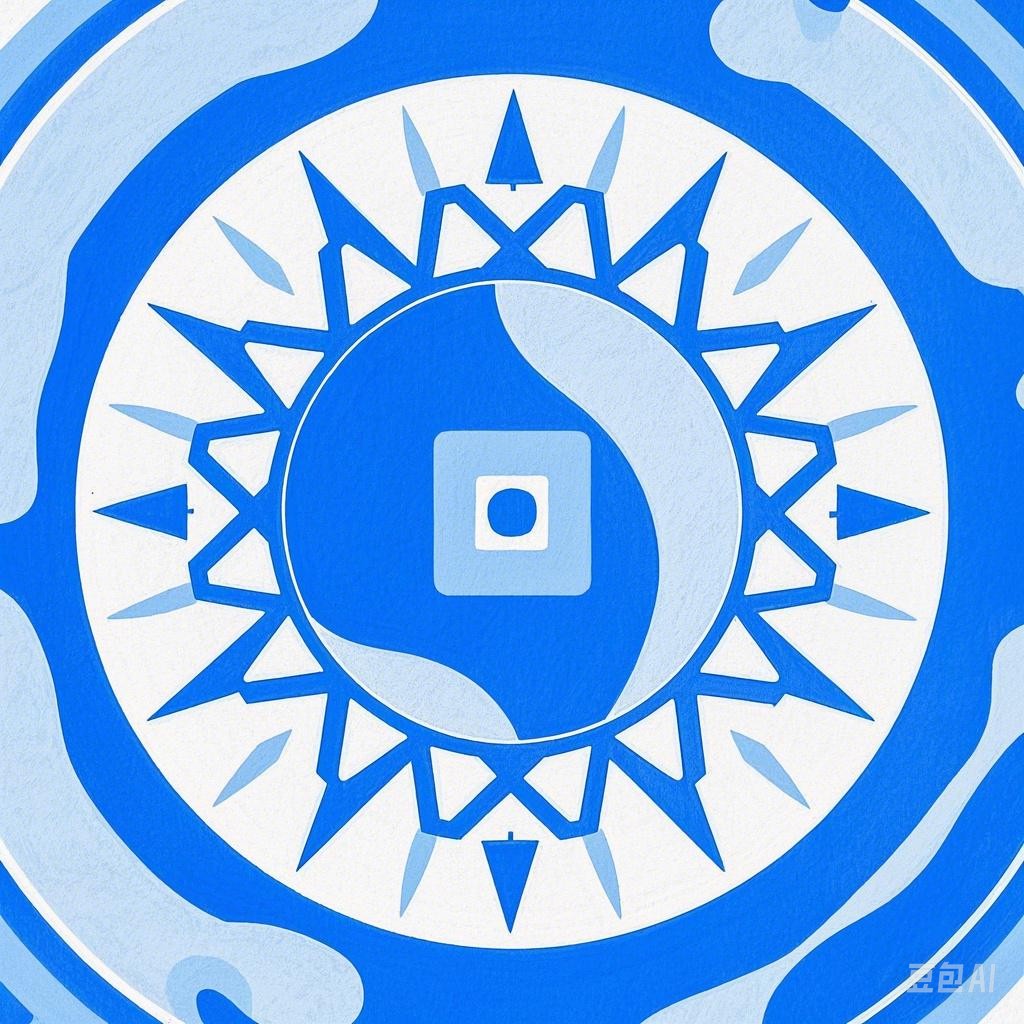China, with its rich cultural heritage, is a land of diverse festivals that reflect the country’s profound history and traditions. Each festival is a vibrant thread in the colorful tapestry that is Chinese culture. This article takes you on a journey through some of the most significant festivals in China, exploring their origins, customs, and the deep-seated values they embody.
Spring Festivals
The Chinese New Year
The Chinese New Year, also known as Spring Festival, is the most important and most widely celebrated festival in China. It marks the beginning of the lunar new year and is typically held in late January or early February.
- Origins: The festival has its roots in ancient agricultural practices, celebrating the arrival of spring and the hope for a bountiful harvest.
- Customs:
- Red Decorations: Homes are adorned with red lanterns, couplets, and paper cuttings.
- Fireworks: The night before the festival, families set off fireworks to ward off evil spirits.
- Reunion Dinner: Families gather for a special feast with traditional dishes like dumplings and fish.
- Gifts: Children receive red envelopes filled with money from elders.
Lantern Festival
The Lantern Festival, held on the 15th day of the first lunar month, marks the end of the New Year celebrations.
- Origins: It originated from the Han Dynasty’s custom of lighting lanterns to celebrate the return of the deities.
- Customs:
- Lantern Display: People visit lantern exhibitions and enjoy dragon and lion dances.
- Mooncakes: Mooncakes are eaten, symbolizing reunion and prosperity.
Mid-Autumn Festival
Celebrated on the 15th day of the eighth lunar month, the Mid-Autumn Festival is a time for family reunions and moon gazing.
- Origins: It dates back to the Tang Dynasty and is associated with the story of the moon goddess, Chang’e.
- Customs:
- Mooncakes: These round pastries symbolize the full moon and are often given as gifts.
- Moon Gazing: Families gather to admire the moon and share stories.
Winter Festivals
Dragon Boat Festival
The Dragon Boat Festival, held on the fifth day of the fifth lunar month, commemorates the death of Qu Yuan, a patriotic poet from the Warring States period.
- Origins: It is believed that dragon boats were used to retrieve his body from the river.
- Customs:
- Dragon Boat Races: Teams of rowers compete in races.
- Zongzi: This sticky rice dumpling is eaten during the festival.
Winter Solstice Festival
The Winter Solstice Festival, also known as Dong Zhi, is celebrated on the day with the shortest daylight and longest night of the year.
- Origins: It is based on the ancient belief that the winter solstice is the time when the gods rested.
- Customs:
- Sweet Rice Balls: These are eaten to symbolize reunion and warmth.
- Fasting: Some families fast for a day to prepare for the winter season.
Religious and Historical Festivals
Qixi Festival
The Qixi Festival, also known as the Chinese Valentine’s Day, is based on the romantic legend of the cowherd and the weaver girl.
- Origins: The festival dates back to the Han Dynasty.
- Customs:
- Begging for Love: Young women perform various rituals to seek a good marriage partner.
- Tie-the-Knot: Couples often express their love and promise to marry.
Tomb-Sweeping Day
Tomb-Sweeping Day, also known as Qingming Festival, is a time to honor ancestors and the departed.
- Origins: It has roots in ancient Chinese agricultural practices and is associated with the Qingming or “Pure Brightness” season.
- Customs:
- Visiting Graves: Families visit the graves of their ancestors to pay their respects.
- Folding Paper Cranes: Paper cranes are folded and burned as offerings.
Conclusion
China’s festivals are a reflection of its deep historical roots and cultural values. Each festival has its unique customs and traditions that are cherished by the people. Through these celebrations, China continues to honor its past and celebrate its present, ensuring that the rich tapestry of its culture remains vibrant and alive.
